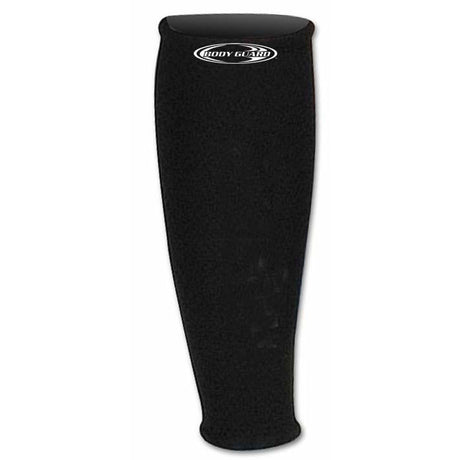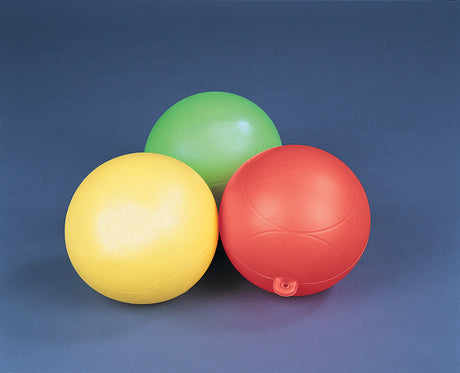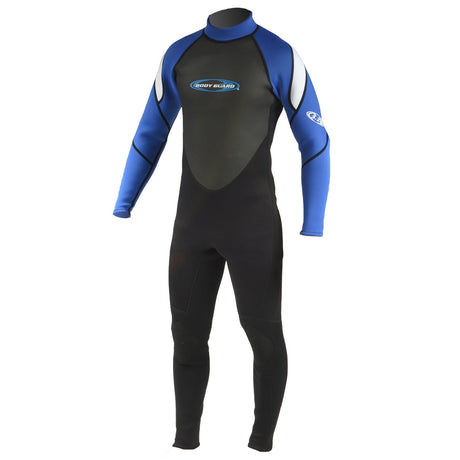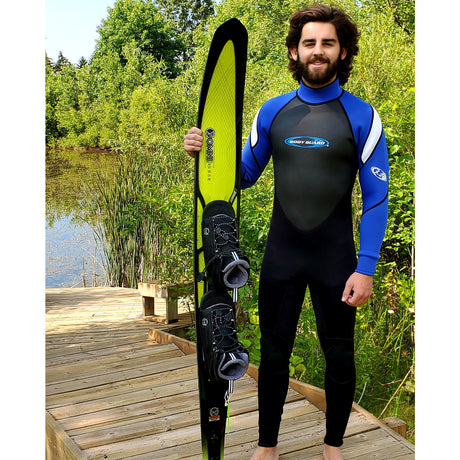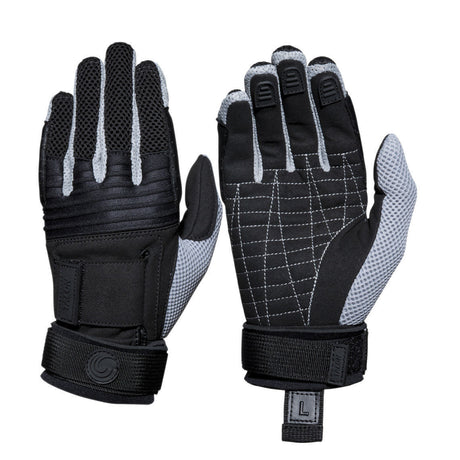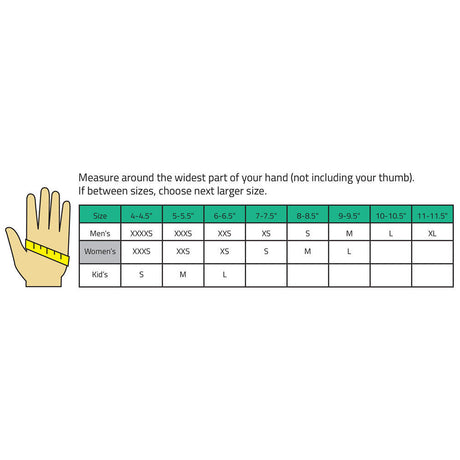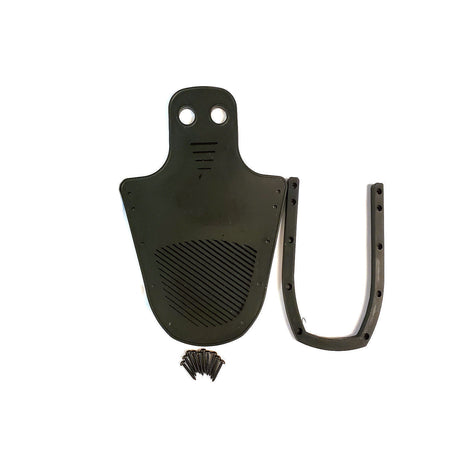Wakeboarding, a thrilling watersport that combines balance, skill, and adrenaline, requires the right gear to ensure safety and performance. One critical component of your wakeboarding setup is the wake boots and bindings. Let's look at the aspects to consider when choosing wake boots and bindings, including lace/fastener types, open toe vs. closed toe boots, boot liners, and sizing. We'll also touch on binding screws and their compatibility with wakeboards.
Lace/Fastener Types
Wakeboard boots and bindings come with different lace or fastener types, each offering unique advantages and considerations:
1. Traditional Laces:
- Pros: Traditional laces allow for precise adjustment, ensuring a snug fit. They are easy to replace if damaged.
- Cons: They can be time-consuming to tighten and might require periodic adjustments during your ride.
2. BOA Lacing System:
- Pros: BOA systems use a dial mechanism to provide quick and uniform tightening. They offer convenience and even pressure distribution.
- Cons: They may require more care and maintenance compared to traditional laces, as the dial system can get damaged.
3. Velcro Straps:
- Pros: Velcro straps are quick and easy to use, making them a favorite among beginners. They provide a secure fit.
- Cons: Over time, Velcro straps may lose their grip, and they might not offer as precise an adjustment as laces.
4. Hybrid Systems:
- Pros: Some boots feature a combination of laces, Velcro straps, and other fasteners, providing a customized fit and quick entry.
- Cons: These boots tend to be more complex and might have more components to maintain.
The choice of lace or fastener type largely depends on your preference and how much time you're willing to invest in getting your boots snug. BOA systems offer quick and even tightening, while traditional laces allow for more precise adjustments.
Open Toe vs. Closed Toe Boots
Wake boots come in two primary styles: open toe and closed toe. Each style has its advantages and considerations:
1. Open Toe Boots:
- Pros: Open toe boots are more accommodating for various foot sizes and are easier to put on and take off. They allow for a bit of wiggle room, making them comfortable for longer rides.
- Cons: They may not provide as much support and control as closed toe boots, especially when performing advanced tricks.
2. Closed Toe Boots:
- Pros: Closed toe boots offer enhanced support and control by encapsulating the entire foot. They are preferred by advanced riders for precision maneuvers.
- Cons: They tend to be less forgiving in terms of fit and may not accommodate a wide range of foot sizes.
Your choice between open toe and closed toe boots should be based on your skill level and riding style. Beginners and casual riders may find open toe boots more comfortable, while advanced riders often opt for closed toe boots for better control.
Boot Liners
The liner inside the wake boots plays a crucial role in comfort and performance. Consider these factors:
1. Heat-Moldable Liners:
- Pros: Heat-moldable liners can be customized to your foot shape, providing a snug and comfortable fit.
- Cons: They may require professional fitting or a specific process for molding.
2. Non-Heat-Moldable Liners:
- Pros: These liners are typically comfortable right out of the box and may not require any additional customization.
- Cons: They might not offer the same level of precise fit as heat-moldable liners.
Boot liners should provide sufficient padding and support to keep your feet comfortable during extended rides. Heat-moldable liners are excellent for achieving a tailored fit.
Sizing
Getting the right size is crucial for the performance and safety of your wake boots. Here's how to ensure you choose the correct size:
-
Measure Your Feet: Use a measuring tape or ruler to measure your foot's length and width. Refer to the manufacturer's sizing chart for accurate sizing information.
-
Try Them On: If possible, try on wake boots before purchasing. Pay attention to how snugly they fit, ensuring they are neither too tight nor too loose.
-
Consider Footbed Thickness: Some wake boots come with different footbed thickness options. Thicker footbeds can affect the fit, so choose accordingly.
-
Account for Socks: Keep in mind the type of socks you'll be wearing while wakeboarding, as this can impact the fit.
-
Ask for Expert Advice: Seek advice from experienced riders or shop staff who can guide you in selecting the right size and fit.
Binding Screws and Compatibility
Binding screws are essential for attaching your wake boots to the wakeboard. To ensure compatibility:
-
Check Screw Length: Ensure that the binding screws you use are the correct length for your boots and wakeboard. Screws that are too short won't provide a secure attachment, while screws that are too long can damage your board.
-
Thread Type: Verify that the thread type of the binding screws matches the inserts on your wakeboard. Common thread types include 6mm, ¼-20, and M6.
-
Regular Maintenance: Regularly inspect and tighten binding screws to prevent them from coming loose during your ride.
Now you're ready to strap in and hit the water! Check out our selection of wake boots. We've got quality wake boots in all sizes for men, women, and youth riders.



